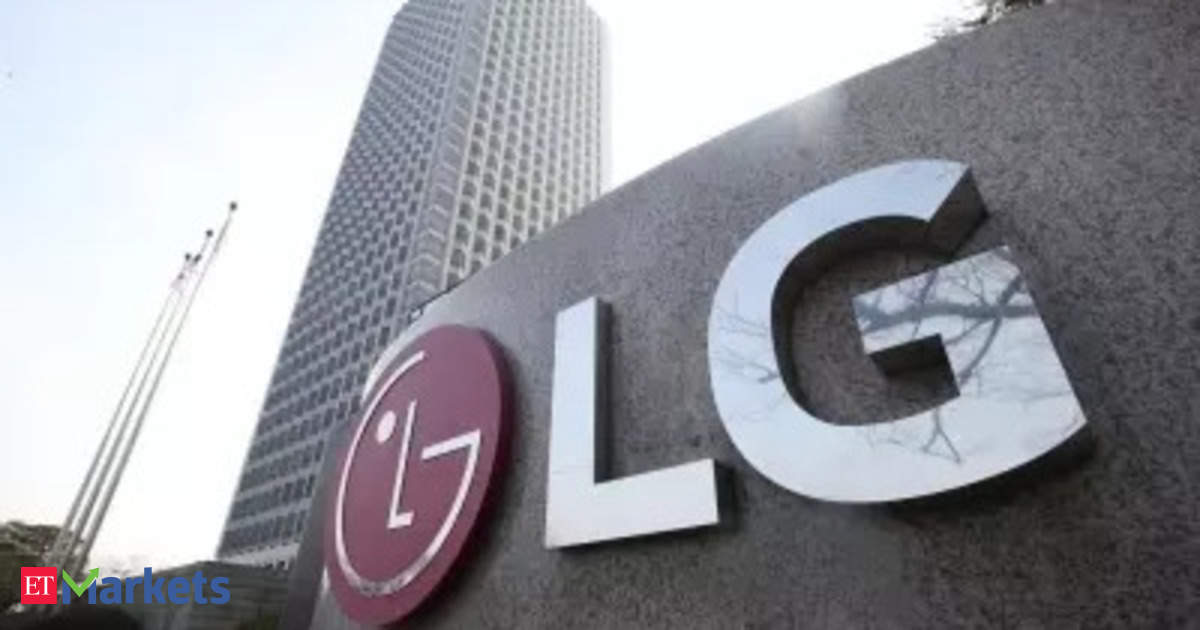The electronics industry is now speculating whether arch-rival Samsung Electronics could also consider an IPO for the Indian business. The three South Korean chaebols often mirror each other in strategy, launches and manufacturing.
LG’s global chief Cho told Bloomberg in an interview that the chaebol has been studying the Indian market and “following similar industry and IPO cases.” He also said that LG has not yet calculated a possible valuation for its Indian unit and “so far there is nothing confirmed.”
“Korean companies, especially LG and Samsung, follow each other in every business decision in India, from small to large,” said Yasho V Verma, who was an employee of LG Electronics India from day one and retired as its chief operating officer.
Samsung has not said anything yet about the possibility of an initial public offering of its Indian unit. Executives said any evaluation will be done at headquarters in Seoul. Samsung India did not respond to queries. Samsung entered India in the mid-1990s and was soon followed by LG and Hyundai. All three have set up factories and R&D centers in addition to localizing products. They have similar organizational structures and sales strategies. LG, Samsung, Hyundai and Kia also have a parallel management structure in India, where mid- to senior-level Indian executives have a South Korean counterpart for every Indian in a position, who ultimately makes the decisions. Kia is part of the Hyundai group. Ravinder Zutshi, who was the first Indian employee at Samsung India and retired as its deputy managing director, said South Korean management maintains tight control.
“Koreans have become huge brands “In India, they may want to cash out such investments, especially when retail investors in India are growing and putting money into even small company IPOs,” Zutshi said. “Even three or four years ago, who would have imagined the high valuation that Indian OEMs like Dixon and Amber have now?”
Zutshi said the share sales could also be strategic in nature as imports may become more difficult and electronics companies will have to invest more in India, so South Korean companies may want to generate cash locally.
Hyundai India FY23 revenue According to documents filed with the Registrar of Companies, Hyundai’s net profit was Rs 4,709 crore, Samsung’s was Rs 3,452 crore and LG’s was Rs 1,345 crore. The figures for the 2024 financial year are not yet available.
Industry executives said LG has long harboured plans to set up a third manufacturing plant in the south and has been eyeing sites near Chennai, where Samsung already has a unit. The company is also venturing into component manufacturing – LG last year started production of compressors.
Samsung already operates one of its largest mobile phone plants in India, in addition to making televisions and home appliances, and has also set up a production unit for mobile phone displays. Samsung has not brought its semiconductor business to India, while LG does not have a display plant in the country.
After 28 years in India, Hyundai Motor is expanding its capacity and plans to commission a second plant in Maharashtra next year. The company’s first plant is located near Chennai.
A senior executive who has worked with Samsung and Hyundai said the companies now have deep roots in India. All of them have been Indianising products, be it Hyundai, Kia, Samsung or LG.
The Indian market environment is progressive with strong fundamentals, said Rakesh Srivastava, an automotive industry expert and former managing director of Nissan India and former director of Hyundai Motor India.
“Over the last 10 to 12 years, investment and governance policy has been very favorable with continuity and consistency, actions markets “Companies are performing well and have strong valuations,” he said. “To be future-ready, they need to invest in more products, new technologies and production capacity, and to do so, many companies will need an additional cash injection, and to do so, they will explore public offering opportunities to offload stakes and generate cash for investment.”
Disclaimer:
The information contained in this post is for general information purposes only. We make no representations or warranties of any kind, express or implied, about the completeness, accuracy, reliability, suitability or availability with respect to the website or the information, products, services, or related graphics contained on the post for any purpose.
We respect the intellectual property rights of content creators. If you are the owner of any material featured on our website and have concerns about its use, please contact us. We are committed to addressing any copyright issues promptly and will remove any material within 2 days of receiving a request from the rightful owner.

